The heat is on! Holzgasantrieb
by Dan Mouritzsen
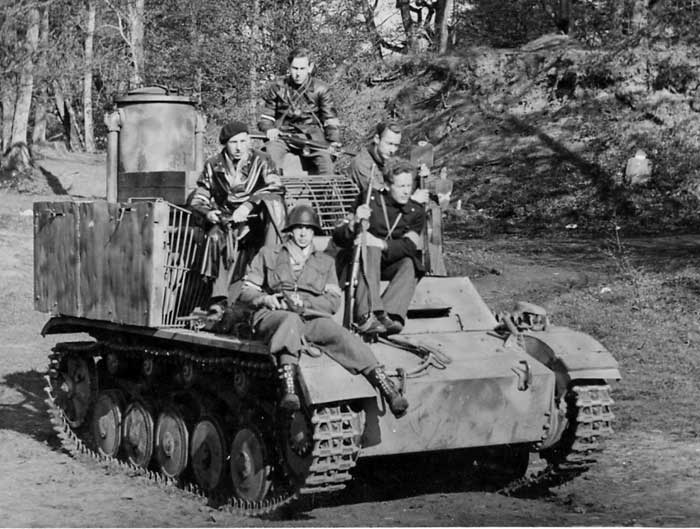

Description
In Germany, the investigation into using alternative forms of fuel for combustion engine vehicles started for real in 1941. One of the more successful alternatives was the use of wood gas generators and by the war’s end more than 200.000 units has been produced. Here in the then occupied Denmark almost all civilian transport relied on either wood gas, man or horse power from mid war and until sometime after the war’s end. An exception was the emergency services which to some extent were allowed to use small amounts of diesel or gasoline. The coal fired locomotives and the ferries were also allowed to go on daily but only with half the normal departures. All the combustion engine driven trains were only allowed to run if they were equipped with wood gas generators.
The German occupying units here also relayed heavily on wood gas and in the German 233. Pz.Div. (renamed from the 233. Res.Pz.Div.), they had 7 Sd.Kfz. 251/1 with wood gas generators. At least two of these were “Fahrschule” (driving school) vehicles.
There were also a few Pz.I and Pz.II with wood gas generators, but which unit/unit’s these Panzer’s belonged to are unknown, as they do not appear in any official German documents. It is possible that they belonged to the Sturmgeschütz-Ersatz und Ausbildungs-Abteilung 400 in Viborg as they were primarily found in the Viborg area after the war.
All photos in this article are from Denmark.

Fig.1. Schematic view of a WWII “Imbert” gasifier. A wood gas driven truck weighing app. 5 tons used 100kg. of wood, to drive 100km. Using wood gas caused a loss of 20% in horsepower contrary to using diesel. Another disadvantage was that it took about half an hour of heating up before enough gas was produced and you could drive along!
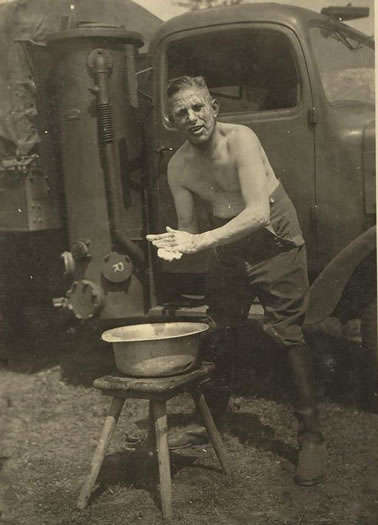
Fig. 2. Gasifier unit.
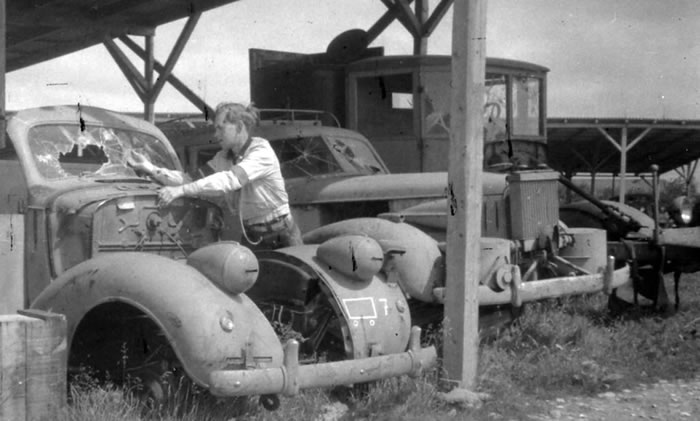
Fig.3. Summer 1945 car dump with two generator cars on the right. Note on the middle car the separated cooling unit with precipitating tank on the left, gas cooler centre and gas filter on the right“.
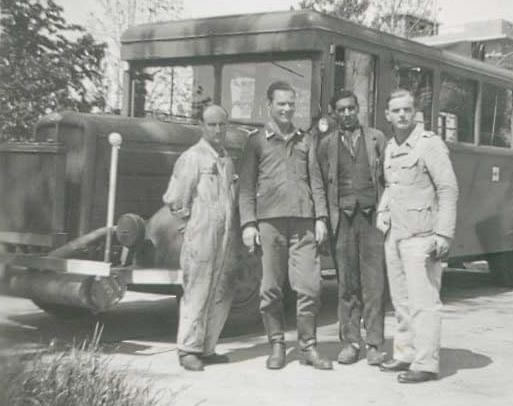
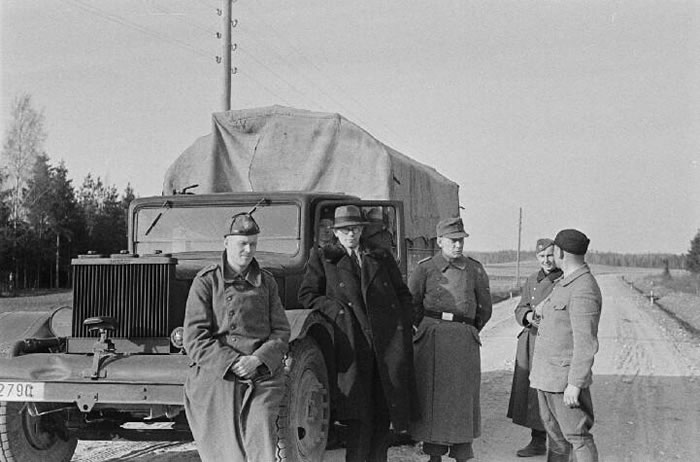
Fig.4 and 5. Bus and truck with unified cooling unit.
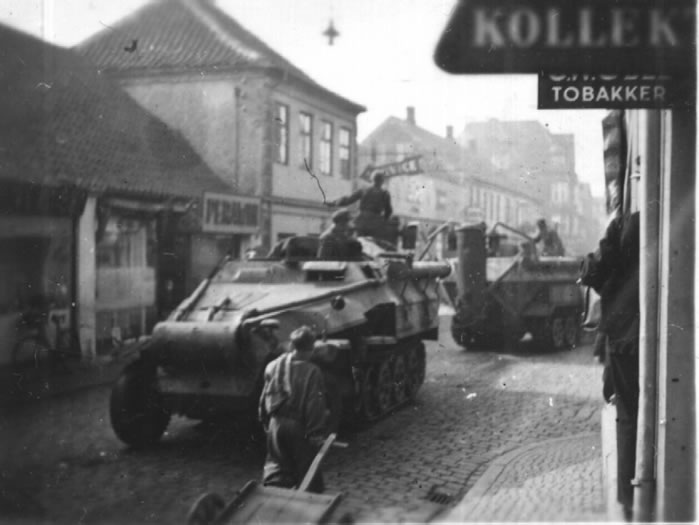
Fig.6. Sd.Kfz.251/1 with separated precipitating tank/gas filter and drum like gas cooler.
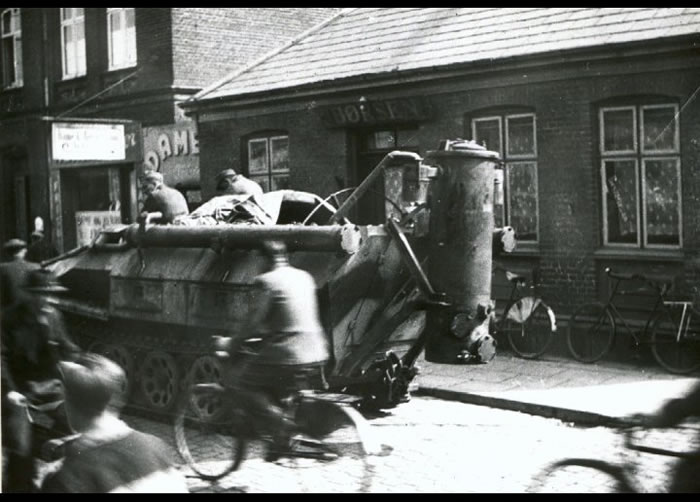
Fig.7.
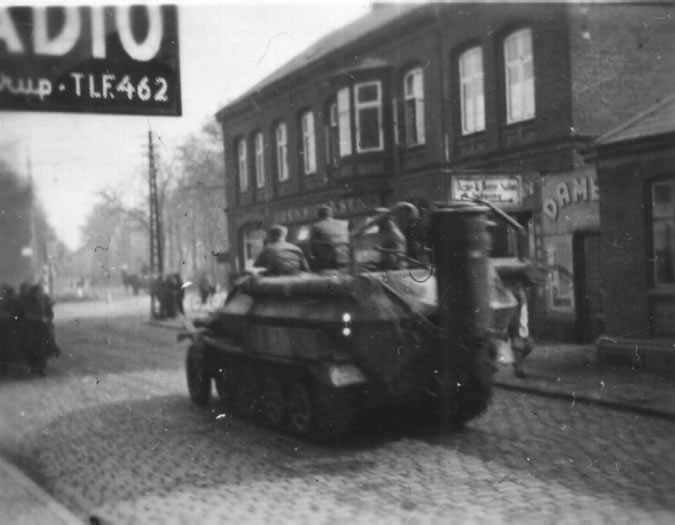
Fig.8.
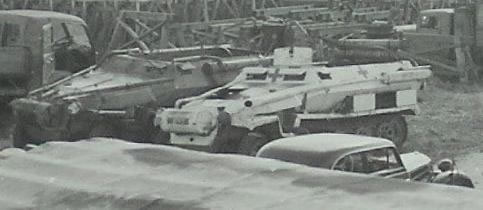
Fig.9. Note that the Red Cross vehicle has a different layout of precipitating tank/gas filters wich are smaller and in two parts each.
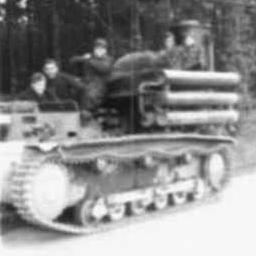
Fig.10. Pz.I.
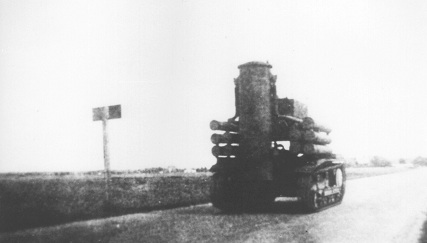
Fig.11. Pz.I. Rear.

Fig.12. Pz.II

Fig. 13. Pz.II Rear

Fig. 14. Another Schematic view of a WWII type “Imbert” gasifier with separated precipitating tank and gas filter
|